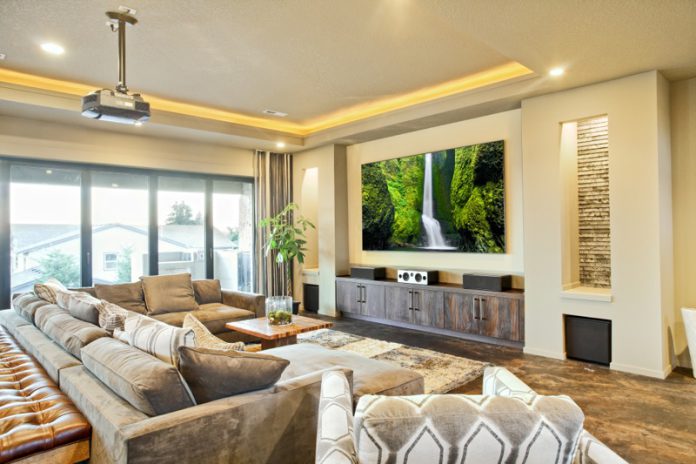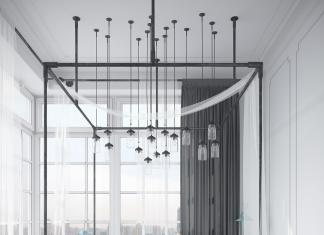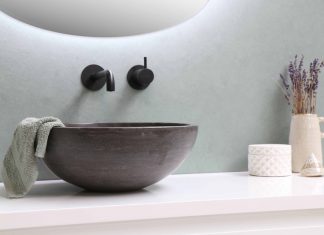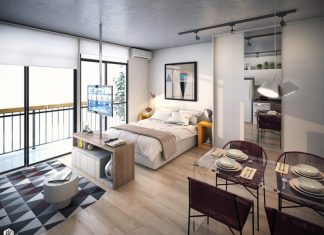In the age of streaming and digital media, the allure of a cinema-like experience in the comfort of one’s home has never been greater. With advances in technology, creating the ultimate home theater is no longer a luxury reserved for the few.
From selecting the right equipment to perfecting the ambiance, we’ll navigate the essentials of building a home theater that meets and exceeds your cinematic dreams. Whether you’re a movie enthusiast or simply enjoy the occasional binge-watching session, these steps will ensure an immersive and enjoyable viewing experience right at home.
1. Planning Your Space
The first step toward creating your home theater is about choosing the right room. It’s crucial to select a space where you can manage light and sound effectively. Consider the room’s size and shape for optimal screen visibility and sound distribution.
Think about acoustics, such as using soft furnishings to reduce echo, and plan for controlled lighting to enhance the viewing experience. Also, consider wiring needs and equipment placement for both functionality and aesthetic appeal. This initial stage sets the tone for your entire home theater setup, blending practicality with personal style.
2. Selecting The Right Equipment
When creating your custom home theater systems, selecting the right equipment is crucial. The heart of your setup is the visual component. Choose a high-quality projector or a large-screen TV that fits well with the size of your room and provides clear, crisp images. Pay close attention to resolution and compatibility with streaming services or other media.
Next, focus on the sound system. A surround sound setup is ideal, with speakers positioned for immersive audio. Consider the room’s acoustics when choosing your speakers; sometimes, additional soundproofing or acoustic adjustments are needed.
Seating is another important aspect. Opt for comfortable, supportive chairs or sofas that enhance your viewing experience. Arrange them for optimal viewing distance and angles from the screen.
Lastly, think about accessories like a high-quality streaming device, a reliable universal remote control, and perhaps a dedicated media player. These will streamline your experience, making your home theater enjoyable and easy to use.
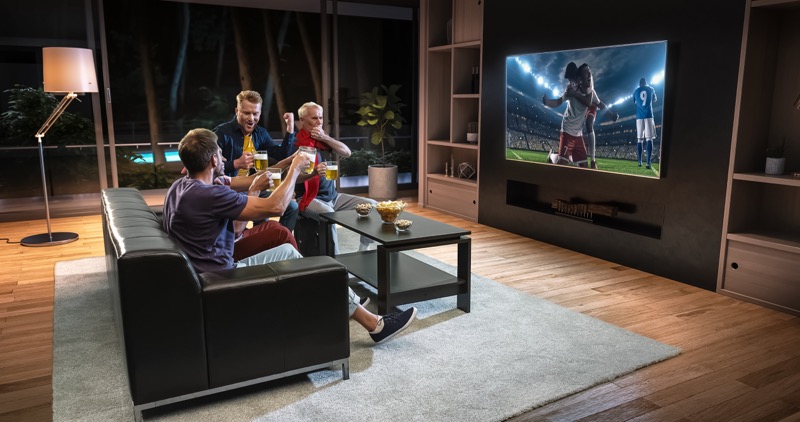
3. Sound System Setup
Setting up the sound system is key to the home theater experience. Start by choosing a high-quality surround sound system. Position speakers around the room, ideally following a 5.1 or 7.1 surround sound layout for a more immersive experience. The center speaker should align with the screen, while others are placed strategically for balanced sound.
Acoustic treatment is also important. Soft materials like carpets and curtains can help absorb excess sound, reducing echoes and improving sound clarity. Calibration of the sound system ensures that audio is clear and balanced from every seat. Finally, consider integrating the sound system with a universal remote or a smart home system for easy control. This setup will greatly enhance your viewing experience, making you feel like you’re part of the action.
4. Visual Experience
In enhancing the visual aspect of your home theater, focus on creating an immersive environment. The choice of display, whether a high-definition TV or a state-of-the-art projector, is pivotal. It’s about finding the right balance between screen size and your room’s dimensions. Proper placement ensures everyone has an unobstructed view.
Lighting sets the mood. Soft, indirect lighting can enhance the cinematic feel without interfering with the picture quality. Consider options like blackout curtains or blinds for daytime viewing.
The seating arrangement is the final piece. Arrange seats to provide the best possible view, considering the screen’s height and distance. With these elements in place, your visual experience will be as impactful as the story unfolding on the screen.
4. Tech Integration
Integrating technology into your home theater isn’t just about adding gadgets; it’s about creating a seamless, user-friendly experience. Start by connecting your audio-visual systems with smart home technology. This integration lets you control everything from lighting to volume with a single device, like a smartphone or a universal remote.
Consider voice-controlled assistants for hands-free operation. The goal is to make your home theater technically advanced, intuitive, and easy to use, enhancing your overall experience without the complexity.
5. Final Touches And Maintenance
The final touches to your home theater are what make it uniquely yours. Add personal elements like themed decorations or specially designed seating. These touches not only make the space more inviting but also reflect your personal style.
Equally important is regular maintenance. Keep your equipment dust-free, check connections, and update software regularly. This care ensures your theater remains a top-notch entertainment destination. Remember, the longevity and performance of your home theater are directly tied to how well you maintain it.
In Summary
We’ve covered essential aspects from space planning and equipment selection to technical integration and maintenance. Each step is crucial in ensuring the quality of your audio-visual experience and the comfort and longevity of your setup. Remember, attention to detail and thoughtful planning are key to achieving the ultimate home theater experience.
